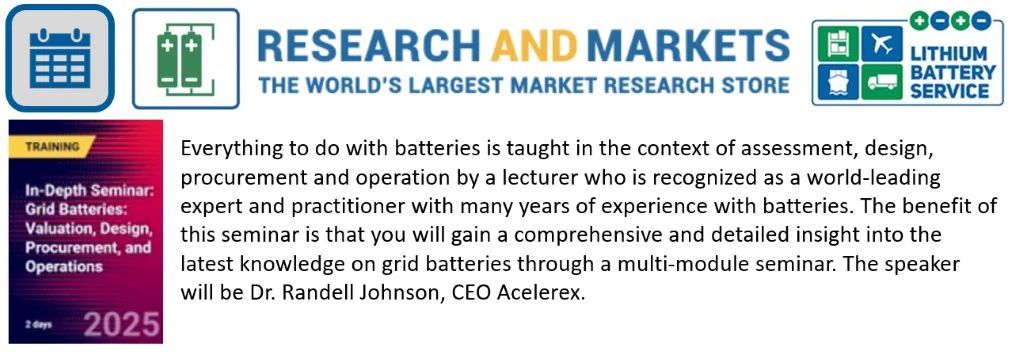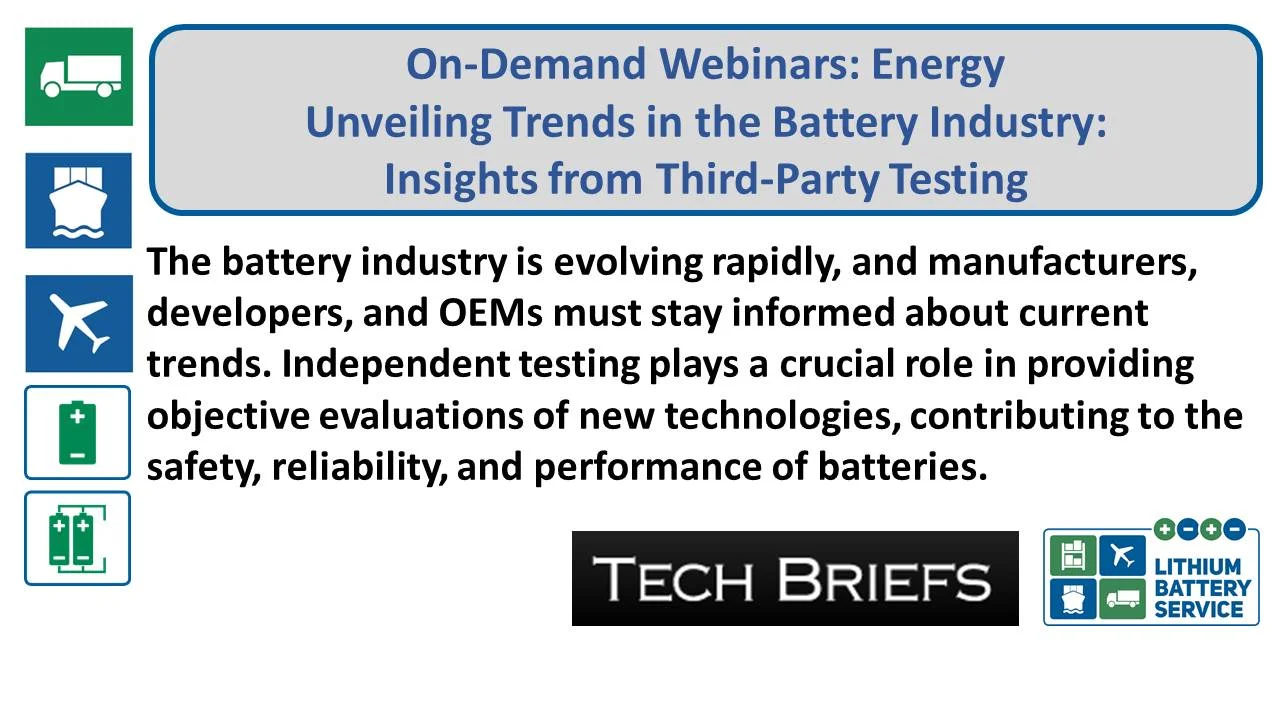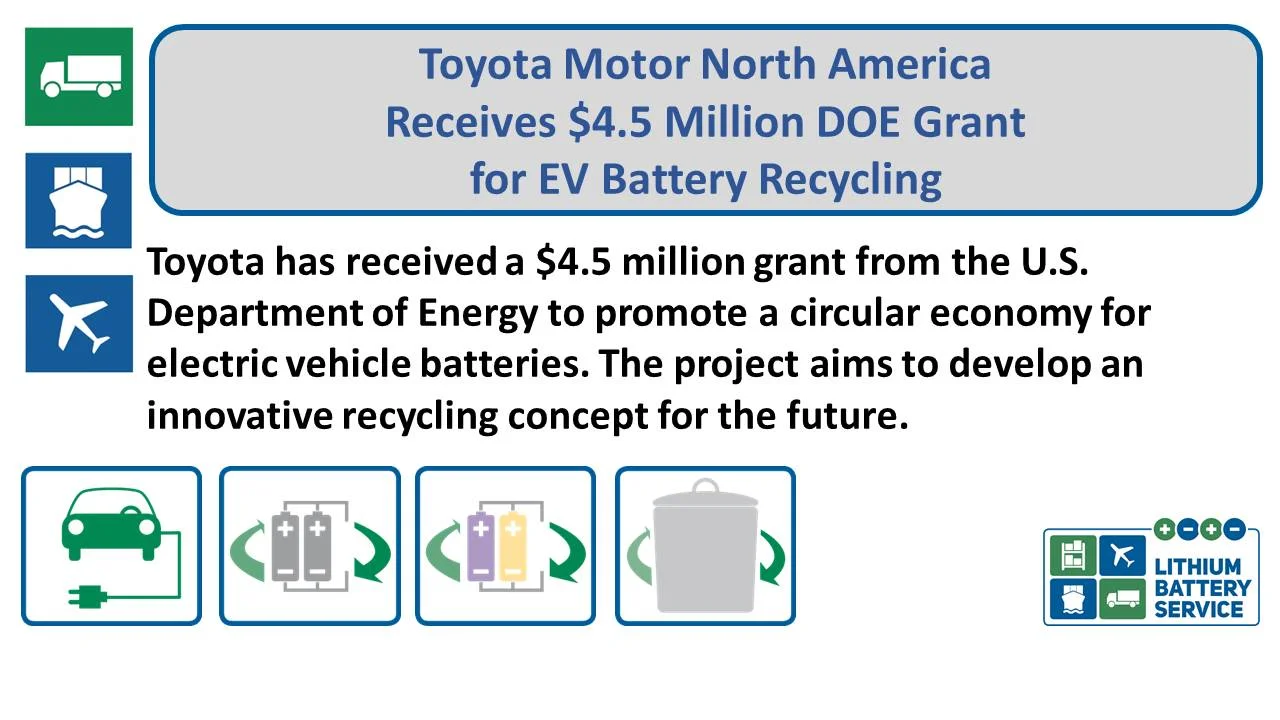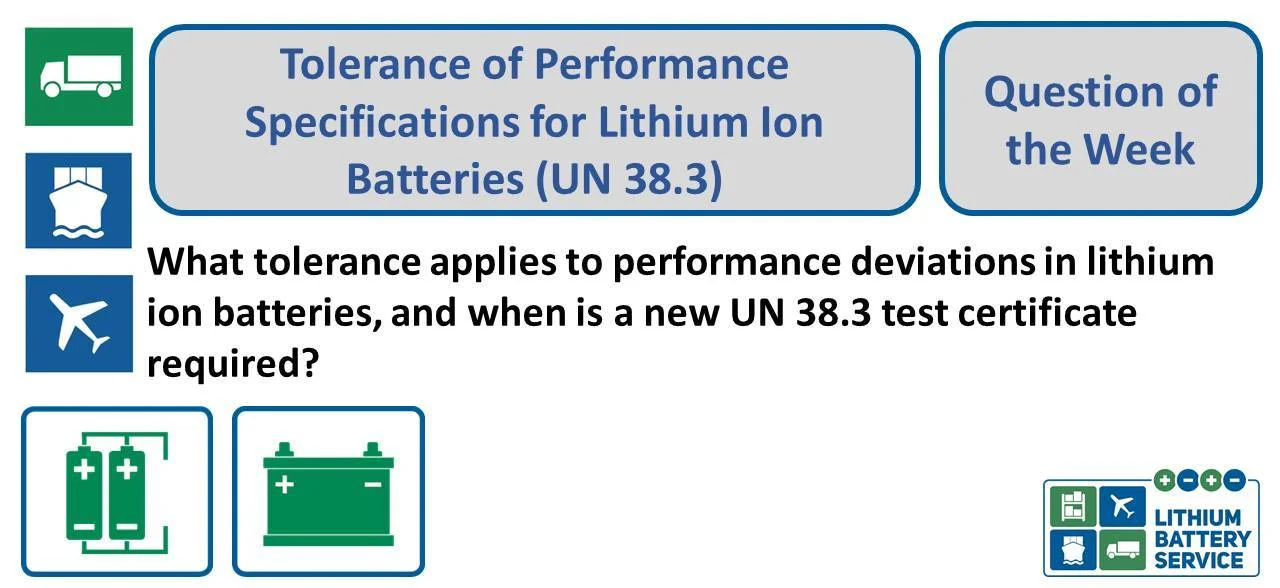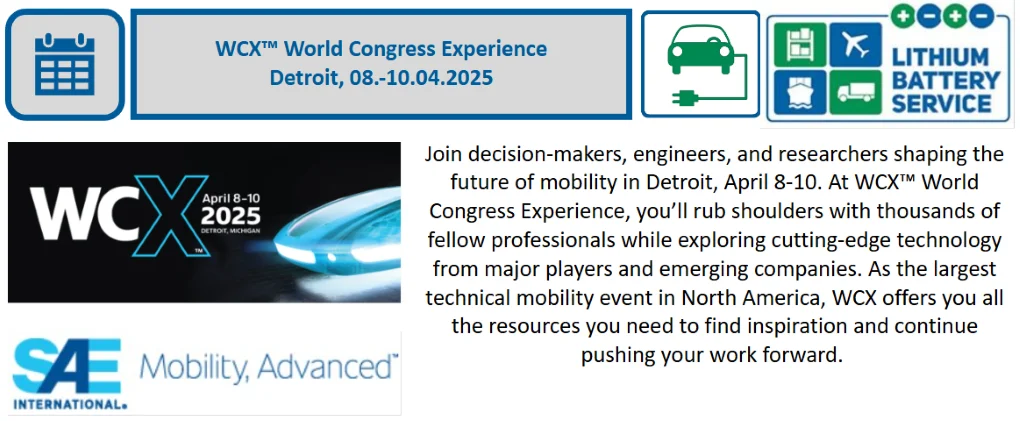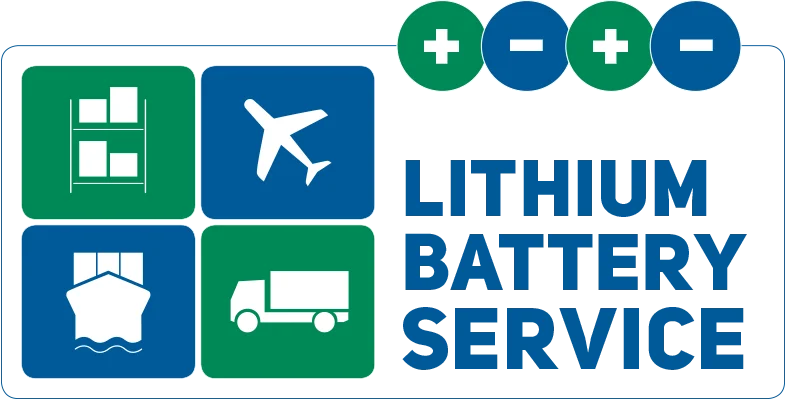How to Efficiently Recycle Li-ion Batteries
The article describes an innovative method for efficiently recycling lithium-ion batteries, developed by a research team at Rice University led by James Tour.
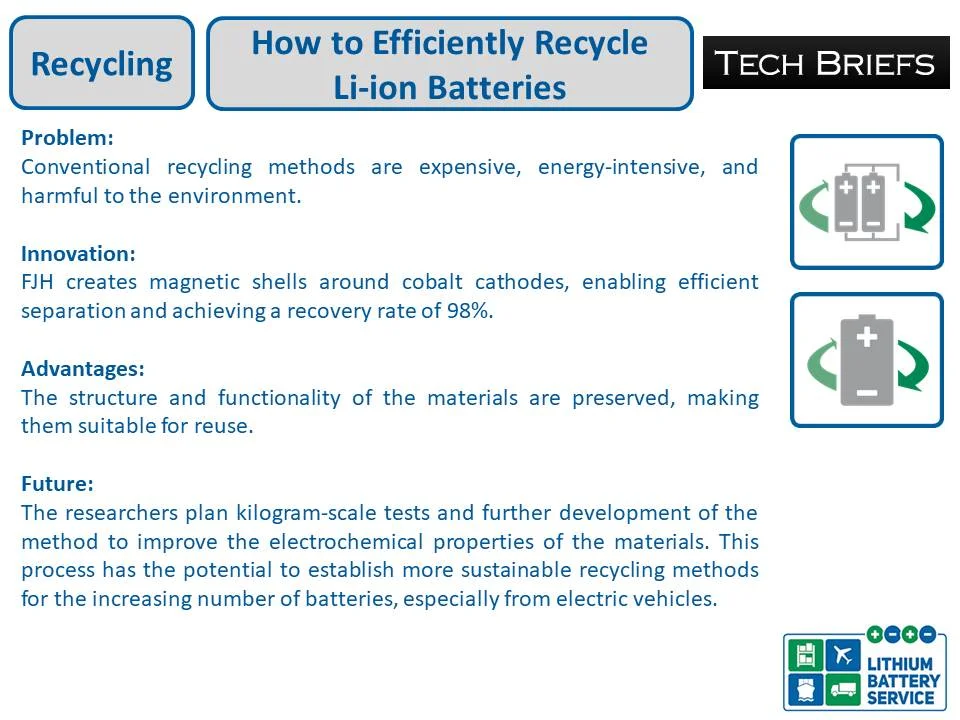
The article describes an innovative method for efficiently recycling lithium-ion batteries, developed by a research team at Rice University led by James Tour. The method uses Flash Joule Heating (FJH) to rapidly heat battery materials to high temperatures (2,500 Kelvin), generating magnetic properties in the process. This enables the easy and cost-effective separation and recovery of valuable materials like cobalt.
Key Points:
Problem: Conventional recycling methods are expensive, energy-intensive, and harmful to the environment.
Innovation: FJH creates magnetic shells around cobalt cathodes, enabling efficient separation and achieving a recovery rate of 98%.
Advantages: The structure and functionality of the materials are preserved, making them suitable for reuse.
Future: The researchers plan kilogram-scale tests and further development of the method to improve the electrochemical properties of the materials.
This process has the potential to establish more sustainable recycling methods for the increasing number of batteries, especially from electric vehicles.
Link to article:
https://www.techbriefs.com/component/content/article/51387-how-to-efficiently-recycle-li-ion-batteries?utm_source=TB_Battery_News&utm_medium=email&utm_campaign=20241206&oly_enc_id=5467D7085134G8Y
